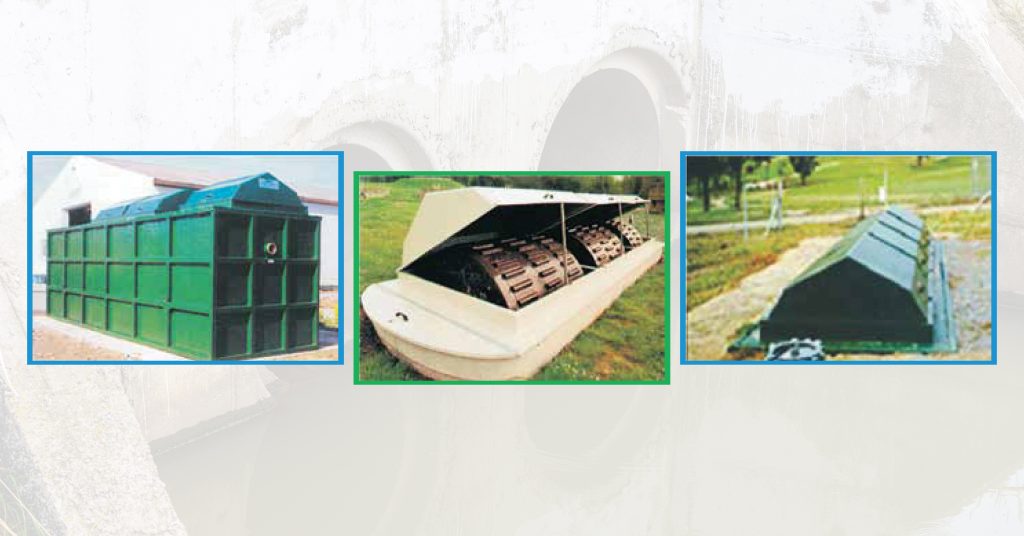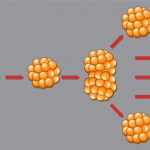Domestic wastewater treatment plays a crucial role in ensuring the safe disposal of sewage and preserving water quality. In residential areas or small communities that are not connected to centralized sewer systems, domestic sewage water treatment plants (HSTPs) are used to treat and purify wastewater before it is discharged into the environment.
Ion Exchange offers a comprehensive range of technologies, products, and services for efficient Domestic Sewage Water Treatment. This ensures a reliable supply of high-quality water for various uses, including drinking, cooking, bathing, laundry, air conditioning, swimming pools, car washing, and gardening.
Additionally, Ion Exchange provides various technologies to treat municipal wastewater. For small community systems, technologies include packaged aerobic treatment systems and membrane filtration. Backed by comprehensive operation and maintenance services, these solutions enable any property to achieve water and energy neutrality.
This blog explores how domestic sewage water treatment plants work, covering the treatment process stages. Understanding these plants highlights their role in maintaining a clean environment.
Table of Contents
ToggleDomestic Sewage Water Treatment
A sewage treatment plant for domestic use involves a series of processes aimed at purifying wastewater from households. This treatment system uses various methods to remove contaminants and pollutants from domestic wastewater before releasing it back into the environment.
By employing advanced technologies of Ion Exchange, they target organic matter and harmful contaminants present in sewage systems. The ultimate goal is to ensure effluent quality meets standards for safe disposal and reuse, promoting public health and minimizing the environmental impact.
Core Treatment Stages Explained
Core treatment stages in sewage treatment plants for domestic use biological processes like activated sludge and oxidation ponds to break down organic matter. Chemical treatments, such as chlorination, are used to disinfect the water. Physical processes like sedimentation and filtration help remove suspended solids.
Advanced methods such as UV disinfection ensure the treated effluent meets the required quality standards before discharge. These stages play a crucial role in purifying wastewater for safe environmental release or potential reuse.
Ion Exchange: A Global Water Treatment Innovator Revolutionizing Domestic Sewage
Ion Exchange is a leading global company transforming the domestic sewage water treatment process. With innovative technologies and sustainable practices, Ion Exchange is revolutionizing how sewage systems are managed and treated worldwide.
By focusing on efficient treatment systems and environmental sustainability, Ion Exchange sets a new standard in domestic wastewater treatment. Their advanced solutions address the challenges of household sewage treatment, offering cutting-edge methods to ensure clean water and minimize environmental impact.
Ion Exchange’s Domestic Sewage Wastewater Treatment Solutions
- MBR: The Membrane Bio Reactor (MBR) technology stands out as one of the most efficient methods for treating and recycling sewage in domestic sewage treatment plants. Its success can be attributed to a deeper understanding of the biological treatment processes traditionally used for municipal sewage and significant advancements in membrane technology, particularly ultrafiltration membranes. When combined with reverse osmosis for tertiary treatment, MBR offers sustainable results. Its impressive performance has garnered considerable interest among authorities planning centralized and decentralized sewage treatment plants for domestic use. By using the domestic sewage treatment process, treated municipal wastewater can be utilized to augment water supplies for industrial and other non-potable applications.
- SBR and MBBR: Apart from membrane technologies, several processes can effectively treat domestic wastewater to a standard suitable for low-end uses or safe discharge into inland surface sources. Among these, the advanced versions of Sequential Batch Reactor (SBR) and Moving Bed Bio Reactor (MBBR) are gaining widespread acceptance. These innovative methods are increasingly utilized for both centralized and decentralized wastewater treatment, ensuring efficient and environmentally friendly wastewater management.
- FMR: The INDION Fluidised Media Reactor (FMR) is an innovative single-tank unit engineered to streamline domestic sewage wastewater treatment. This advanced system incorporates specially developed synthetic media to enhance the attached growth process, while oxygen transfer is efficiently managed through diffused membrane aeration. The design also includes a lamella settler and a chlorine contact tank for thorough disinfection. Remarkably, the FMR occupies only one-third of the space required by conventional sewage treatment plants, thanks to its high porosity moving media which supports robust bacterial growth. Key advantages of the INDION FMR include minimal land usage, reduced power, and chemical requirements, low operating costs, and a compact footprint, making it an ideal solution for efficient and effective wastewater treatment.
- NGPSTP: INDION NGPSTP is a cutting-edge solution for sewage treatment, combining lamella plate clarification and aeration into a ready-to-operate, pre-fabricated system that delivers exceptional performance and efficiency. This all-in-one, single-tank packaged sewage treatment plant boasts a modular design with capacities ranging from 10 to 100 m³/d. It produces high-quality effluent with minimal maintenance requirements, thanks to its GRP construction tank that ensures no corrosion. Key advantages include minimal land usage, low operating costs, and reduced power and chemical requirements, making it an ideal choice for efficient and sustainable sewage treatment.
Environmental Considerations and Sustainability Practices
To uphold environmental integrity, sewage treatment plants for domestic use can embrace sustainability practices. These facilities aim to minimize energy consumption, reduce waste generation, and limit emissions. Implementing technologies like UV disinfection and membrane filtration enhances treatment efficiency while minimizing environmental impact. Additionally, recycling treated water for non-potable use promotes sustainable water management. Ensuring compliance with local regulations and adapting to eco-friendly approaches are pivotal for the long-term sustainability of these treatment systems.
Conclusion
In conclusion, understanding how the domestic sewage water treatment process is crucial for environmental sustainability. From collection to treatment and disposal, each step plays a vital role in preserving our ecosystems. Technological advancements have significantly improved sewage treatment processes, addressing common challenges and promoting reuse options.
To explore more about domestic sewage water treatment and sustainable practices, get in touch with experts at Ion Exchange today.







